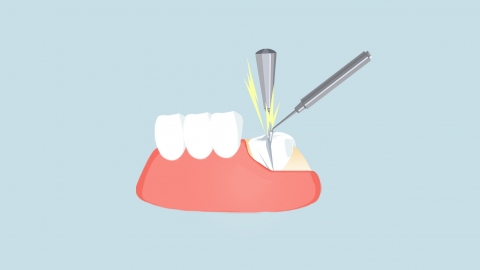Can a decayed tooth be extracted?
Generally speaking, whether a decayed tooth needs to be extracted depends on the severity of the decay. Mild tooth decay does not require extraction and can be preserved through restorative treatment; however, if the decay has severely damaged the dental pulp or root and cannot be repaired, extraction becomes necessary. The details are as follows:

If the decay only affects the enamel or the shallow layer of dentin and has not reached the pulp, with the tooth structure still relatively intact, extraction is unnecessary. After removing the decayed tissue, the cavity can be filled with restorative material to restore the tooth's normal shape and function, allowing for normal use afterward with proper maintenance.
When decay progresses deeply, causing pulp infection or necrosis, or when severe root resorption or fracture occurs—making restoration impossible through treatments like root canal therapy—and there is risk of affecting adjacent teeth, extraction is required. After extraction, options such as dental implants or dentures can be considered to restore chewing function.
In daily life, maintaining good oral hygiene is essential. Brush your teeth twice daily, use dental floss regularly, and schedule routine dental checkups to detect and treat early-stage cavities promptly, preventing progression that could lead to irreversible tooth damage.






